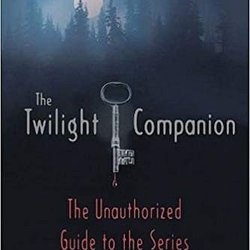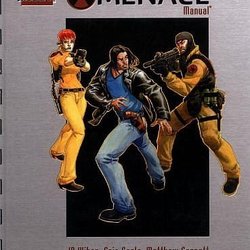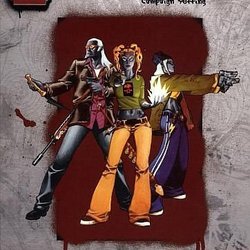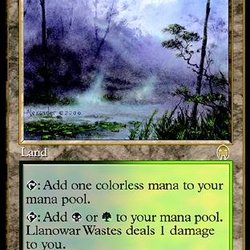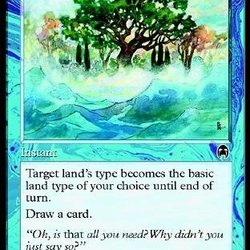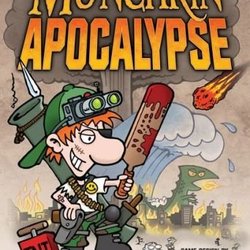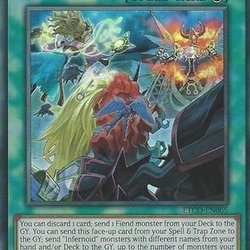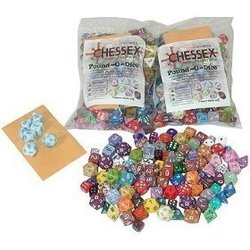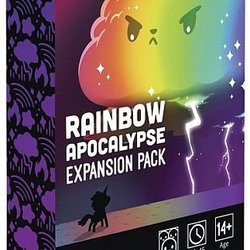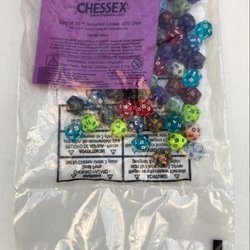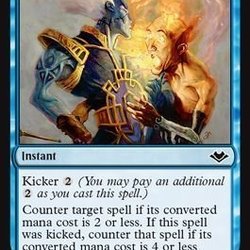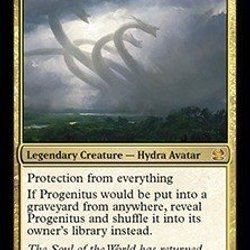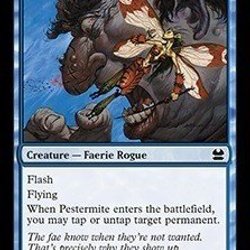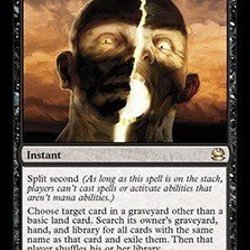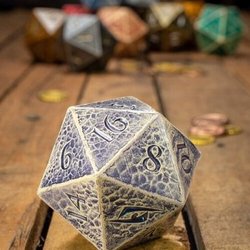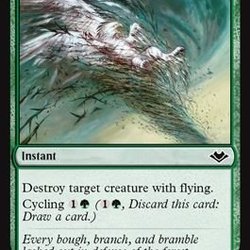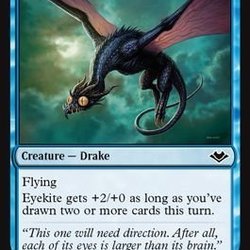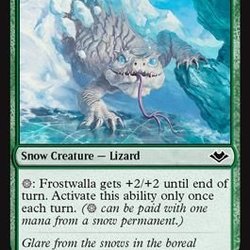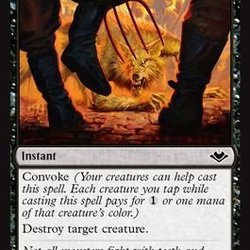D20 Modern: Apocalypse
Annoncen er afsluttet
Købsanmodningen er desværre ikke tilgængelig.
Forsendelsespris inden for Danmark
Anden forsendelse Gratis forsendelse
117 SEK PostNord
Samlet fragt
1 dagAlle betalinger gennemgås af Tradera for din sikkerhed.





Beskrivelse
New rules designed for running a d20 Modern campaign in a postapocalyptic setting.
This new rules supplement provides everything players and Gamemasters need to participate in adventures in a post-apocalyptic setting, including rules and designs for apocalyptic events, such as nuclear war, environmental disaster, alien invasion, or Armageddon. The book provides new rules for barter, scavenging, equipment, mutations and robots. Three ready-to-play campaign models are included.
Product History
d20 Apocalypse (2005), by Eric Cagle, Darrin Drader, Charles Ryan, and Owen K.C. Stephens, is a setting supplement for d20 Future (2004), which is itself a supplement for the d20 Modern (2002) roleplaying game. It was published in June 2005.
Continuing d20 Modern. d20 Future (2004) and d20 Past (2005) seemed to be setting a standard for d20 Modern supplements. They were setting toolkits that allowed gamemasters to run d20 Modern games in dramatically different places and times. d20 Apocalypse was something new: it was a sub-setting book that expanded on one of the existing setting books, d20 Future, to detail a specific sort of Future game: after the apocalypse.
However, d20 Apocalypse doesn't just support one type of apocalypse. Instead it provides ideas for a variety of types of apocalypses — including alien invasions, biological disasters, environmental cataclysms, the ever-popular nuclear armageddon, supernatural invasions, and more. It also supports a number of different societies (from militant to savage to totalitarian) and a number of different eras (from the apocalyptic aftermath through the dark ages to a new world). Whatever your axiom, there was an apocalypse for you!
Expanding d20 Modern. As with all of the d20 Modern setting supplements, this one is full of new rules appropriate for the setting. This of course includes a few advanced classes (the road warrior and the salvager). But, there's lots more, organized as "rules modules", which let GMs decide what to use and what not to — much like the optional rules style that Wizards later used for D&D 5e (2014).
The Apocalypse rules modules support numerous post-apocalyptic activities from exploring locations and scavenging for equipment to making and fixing items. Some of the rules — such as the vehicle system and the mutation system — are expansions of rules from d20 Modern or d20 Future, but most are entirely new. The mechanic that offers the biggest revamp do the d20 Modern system is probably the "bartering" system. d20 Modern had introduced a very abstract system of wealth, but the Apocalypse designers decided that might not be appropriate for a post-apocalyptic world, so they introduced as an alternative a system of Trade Units (TUs).
A History of Apocalypse. It was TSR who kicked off the post-apocalyptic roleplaying genre with their gonzo Gamma World (1978) game. However, this over-the-top, humorous take wouldn't define the genre; in later years, military-focused RPGs instead took over the apocalypse. Timeline's Morrow Project (1980) was one of the first, and it offered an interesting variation on the theme: players were sleepers from the past, waking into the post-apocalyptic world. A few years later, GDW grabbed control of the genre with their own military offering, Twilight: 2000 (1984).
Over the next couple of decades, TSR was continuously reissuing Gamma World (1983, 1985, 1992, 2000), while GDW was doing the same for Twlight: 2000 (1990, 1993). Meanwhile, a new post-apocalyptic subgenre appeared, featuring worlds that were shattered as they were invaded by alien "axioms". Palladium's Rifts (1990) and West End's Torg (1990) both appeared in the same year, though only Rifts survived (and prospered) into the 21st century.
A new wave of post-apocalyptic games appeared with the 21st century release of the d20 system (2000). The first of these was Darwin's World (2001), which premiered as a set of electronic PDFs, then was reprinted as a book (2002) by RPGObjects. It was written so early that it used the standard d20 system, though its second edition (2003) converted to d20 Modern. Meanwhile, Jonathan Tweet wrote "Omega World" for Dungeon #94 / Polyhedron #153 (September 2002), also using the core d20 system. White Wolf's sixth-edition Gamma World (2003) was the first post-apocalyptic d20 game that was built with the d20 Modern system in mind, then d20 Apocalypse (2005) was the first to take the next step and use d20 Future as its foundation.
Expanding the Future World. d20 Apocalypse offers three new Future settings:
- Atomic Sunrise is a post-nuclear setting that leans toward the ideas of Mad Max (1979), probably to avoid stepping on White Wolf's Gamma toes. It introduces yet another advanced class: the Lawbringer.
- Earth Inherited is a supernatural, after-the-rapture setting.
- Plague World is an after-an-alien-invasion setting that uses the old trope of solders from the past awakening — an idea popularized in RPGs like The Morrow Project (1980) and Living Steel (1987). It also has a new advanced class: the Evolutionary.
About the Creators. Though the team of Eric Cagle, Darrin Drader,...




















